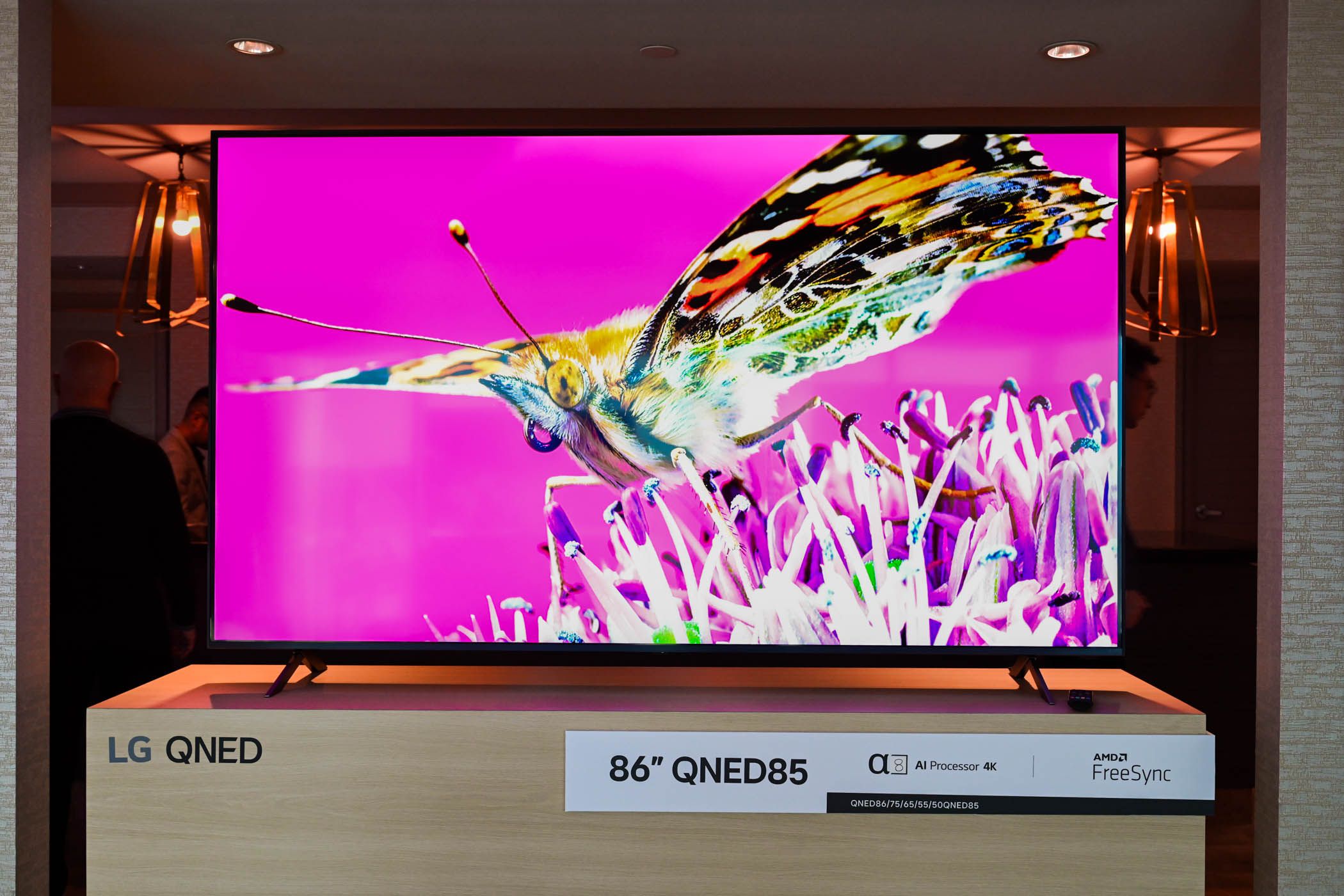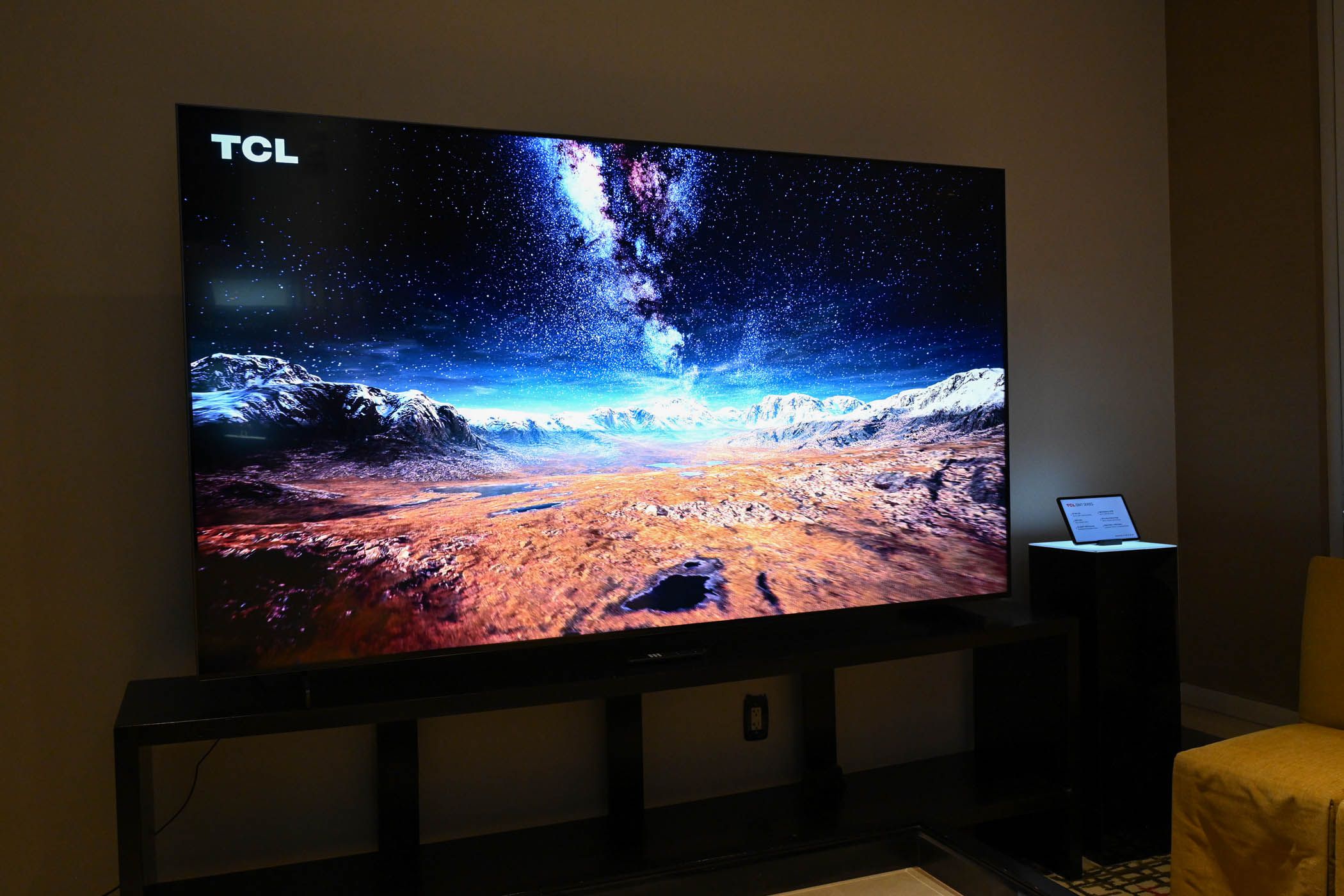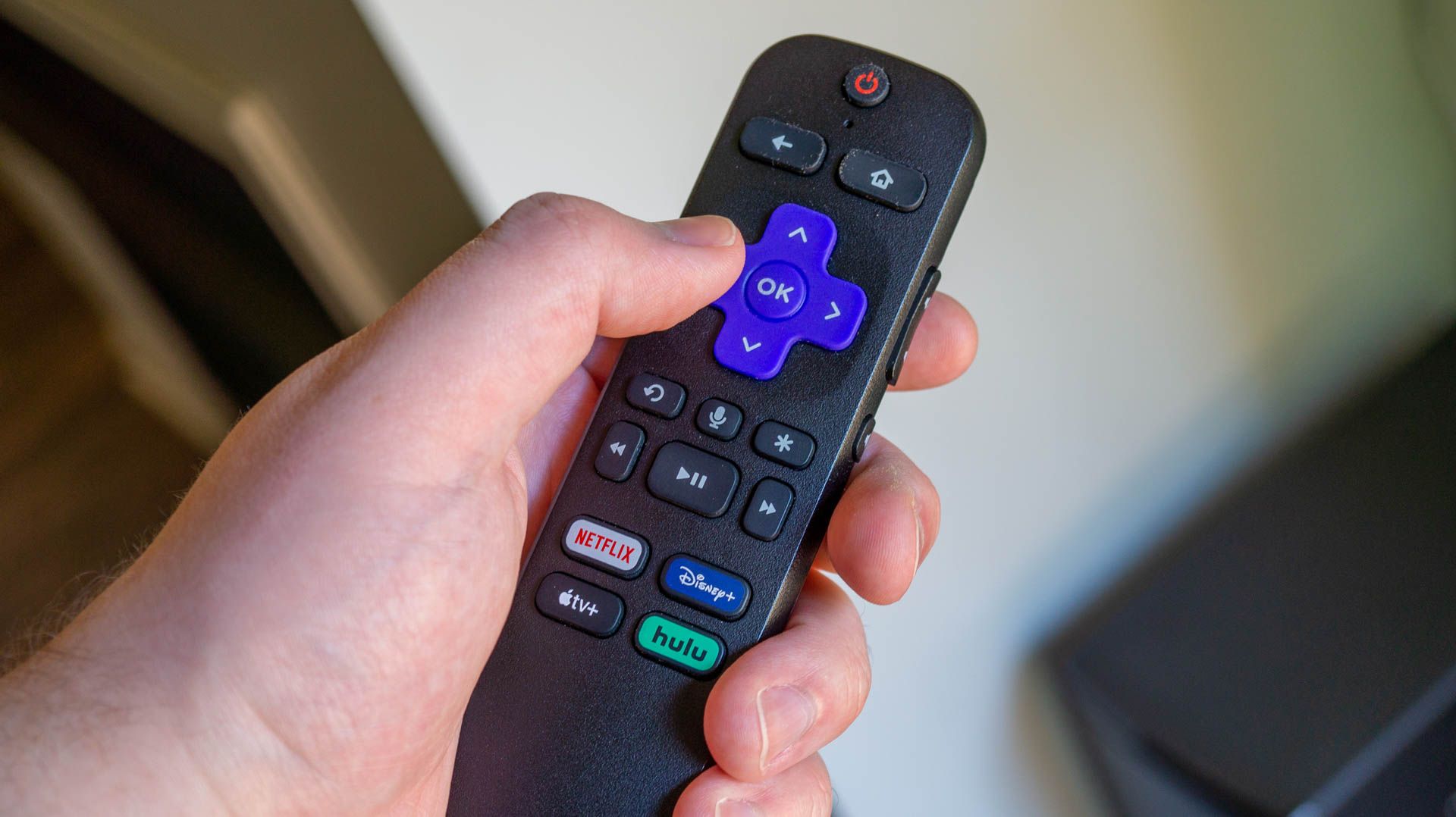Key Takeaways
- HDR10+ is an open standard for high dynamic range (HDR) visuals competing with Dolby Vision, offering similar quality but at a lower cost.
- TVs displaying HDR10+ content have colors that look better than SDR or HDR10.
- It isn’t hard to find hardware supporting HDR10+, but HDR10+ content still isn’t nearly as common as Dolby Vision or HDR10 content.
If you’ve shopped for TVs lately, you’ve likely seen labels promising HDR10+ support or something similar. HDR10+ is an open standard designed to take on Dolby Vision, which HDR10 couldn’t quite match. Here’s why you should care.
What Is HDR?
HDR is one of the best features you’ll find on 4K TVs and their more advanced 8K counterparts. It stands for “high dynamic range,” and it lets your TV display a much broader range of colors. In other words, you’ll see darker blacks and brighter whites. This more comprehensive range of colors makes the picture more realistic and lifelike. After all, the real world contains more colors and brightness levels than we can currently display on TVs.
Even after you’ve purchased an HDR-enabled TV, HDR won’t automatically give you those better colors. A TV needs HDR-enabled content before it can work its magic.
There are multiple competing standards for HDR. Some TVs only support HDR10 content, while some support both Dolby Vision and HDR10 content. The better TVs on the market today, though, support HDR10+ content. Other HDR standards include HLG (Hybrid Log Gamma), and Technicolor Advanced HDR, but they aren’t as widespread.
What Are HDR10 and Dolby Vision?
Most TVs advertising support for “HDR” actually support the HDR10 standard. This is the most popular HDR standard with the most HDR content.
That’s because HDR10 is an open standard. Anyone who wants to create HDR10 content can do so without paying a licensing fee. Companies who wish to integrate HDR10 support don’t have to pay a big licensing fee, either.
HDR10’s big competitor is Dolby Vision. TVs supporting Dolby Vision or Dolby Vision IQ usually support HDR10, too, but they’ll advertise that “Dolby Vision” feature. Compared to HDR10, Dolby Vision is just better. It supports up to 10,000 nits of brightness, while HDR10 tops out at 1,000 nits. Dolby Vision is mastered with 12-bit color depth, while HDR10 content is mastered with 10-bit color depth.
Dolby Vision-enabled content also includes frame-by-frame metadata that tells the display how to display each frame of video. HDR10 only includes “static metadata” that applies to the entire video, while Dolby Vision content can include optimized settings for each moment. All in all, Dolby Vision adds up to a better-looking picture.
Unfortunately, Dolby Vision is a proprietary solution. To use it, you need Dolby Vision-enabled content playing through a Dolby Vision-compatible player to a Dolby Vision-enabled display. Dolby has a certification process, licensing fees, and special hardware that manufacturers must include. That drives up prices for TV manufacturers and content creators, which makes things more expensive for you. Many manufacturers and content creators don’t want to pay these fees, so they haven’t embraced Dolby Vision. Dolby Vision content and Dolby Vision-enabled displays aren’t as widespread as HDR10.
How HDR10+ Improves on HDR10
Even though Dobly Vision offers better quality than HDR10, HDR10 is winning the format war because of its openness. HDR10+—created by Samsung—is an open standard that improves on HDR10 and better competes with Dolby Vision.
Like Dolby Vision, HDR10+ content incorporates dynamic metadata that tells the TV how to adjust brightness levels on a scene-by-scene or frame-by-frame basis automatically. Content creators can fine-tune how each scene (or each frame) should be displayed. This is one of Dolby Vision’s significant advantages over HDR10, and HDR10+ matches it.
HDR10+ also boosts the maximum brightness, going from HDR10’s 1,000 nits to 4,000 nits—still short of Dolby Vision’s 10,000 nits, but a marked improvement. Further improving the brightness situation, HDR10+ Technologies in early 2021 announced a standard for TVs called HDR10+ Adaptive. Competing with Dolby Vision IQ, it allows for displaying HDR10+ content at a brightness that automatically adjusts according to ambient light in the room it’s being watched in.
Like HDR10, HDR10+ is an open standard that any manufacturer or content producer can embrace without paying hefty licensing fees. In theory, HDR10+ should offer much of Dolby Vision’s quality improvements without the extra cost.
TVs and players supporting HDR10+ must certify their hardware before they can slap the HDR10+ logo on their product and marketing materials. However, they don’t need to include any specialized hardware, and content creators don’t have to pay any fees to create HDR10+ content.
Dolby Vision Is Still More Future Proof
HDR10+ doesn’t wholly match Dolby Vision. Dolby Vision offers 12-bit color while HDR10+ sticks to 10-bit color. And, while HDR10+ boasts 4,000 nits of brightness, up from HDR10’s 1,000 nits, Dolby Vision still offers up to 10,000 nits.
That all sounds impressive, but it doesn’t make much difference today. We don’t have consumer TVs on the market that support 12-bit color. Most consumer TVs also top out at 4,000 nits of brightness. In other words, HDR10+ is good enough for current hardware.
On the bleeding edge, Hisense debuted an 110-inch TV capable of 10,000 nits of brightness at CES 2024, but it’s going to come with an exceptional price tag. In other words, it’s still beyond the reach of the typical consumer. Dolby Vision may be more future proof, but a successor to HDR10+ that improves the nit maximum may appear by the time it matters.
How Can You Start Watching in HDR10+?
To get HDR10+, you’ll need a TV, player, and content that supports it. All of Samsung’s TVs since 2017 support HDR10+. Many Panasonic, TCL, Vizio, and Amazon Fire TVs come with HDR10+ support as well, and some with HDR10+ Adaptive, but you’ll need to read your TV’s specifications list closely to be certain. If it simply says “HDR” then that typically means it supports HDR10 but not HDR10+.
The best Blu-ray players have HDR10+ support, like the Panasonic DP-UB420-K. Some still don’t support HDR at all, so be sure to check your player’s specs. Many of the latest flagship Android phones have displays that support HDR10+, like the Pixel 7 and newer, as well as the Samsung Galaxy S23 and newer. However, all iPhones at the time of writing are still limited to HDR10.
As far as content goes, Blu-ray movies with HDR10+ support exist, but they still aren’t nearly as common as Blu-rays supporting HDR10 (usually along with Dolby Vision). To find out if your favorite movies are available as Blu-rays with HDR10+, you can do an advanced search on Blu-ray.com.
In the streaming world, HDR10+ support varies. Amazon Prime Video’s entire library is available in HDR10+, while Apple TV+, Hulu, YouTube, and Paramount+ offer at least some HDR10+ content. Netflix said back in 2017 that it was open to supporting HDR10+ in the future, but that future unfortunately hasn’t arrived yet as of early 2024.
With all of that said, it’s worth noting that any HDR10+ TV can also play back HDR10 content normally. It just isn’t as nice as the newer HDR10+ content.
While we hope that HDR10+ content will become more widespread, it’s been slow-moving since it debuted in 2017. Dolby Vision looks great, but it’s a premium feature at a premium price. HDR10+ promises to bring much of that premium experience to a broader audience at a lower price.







